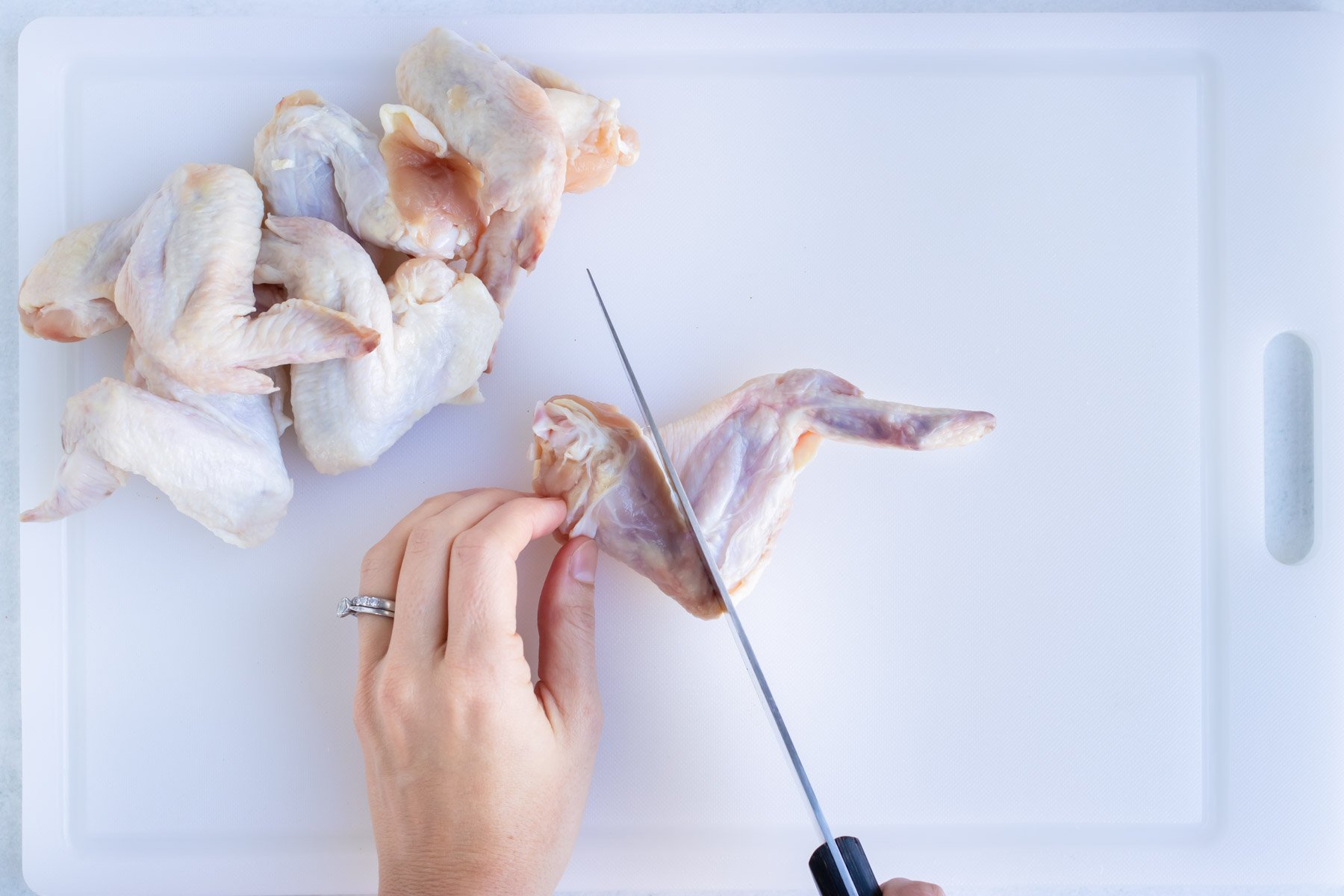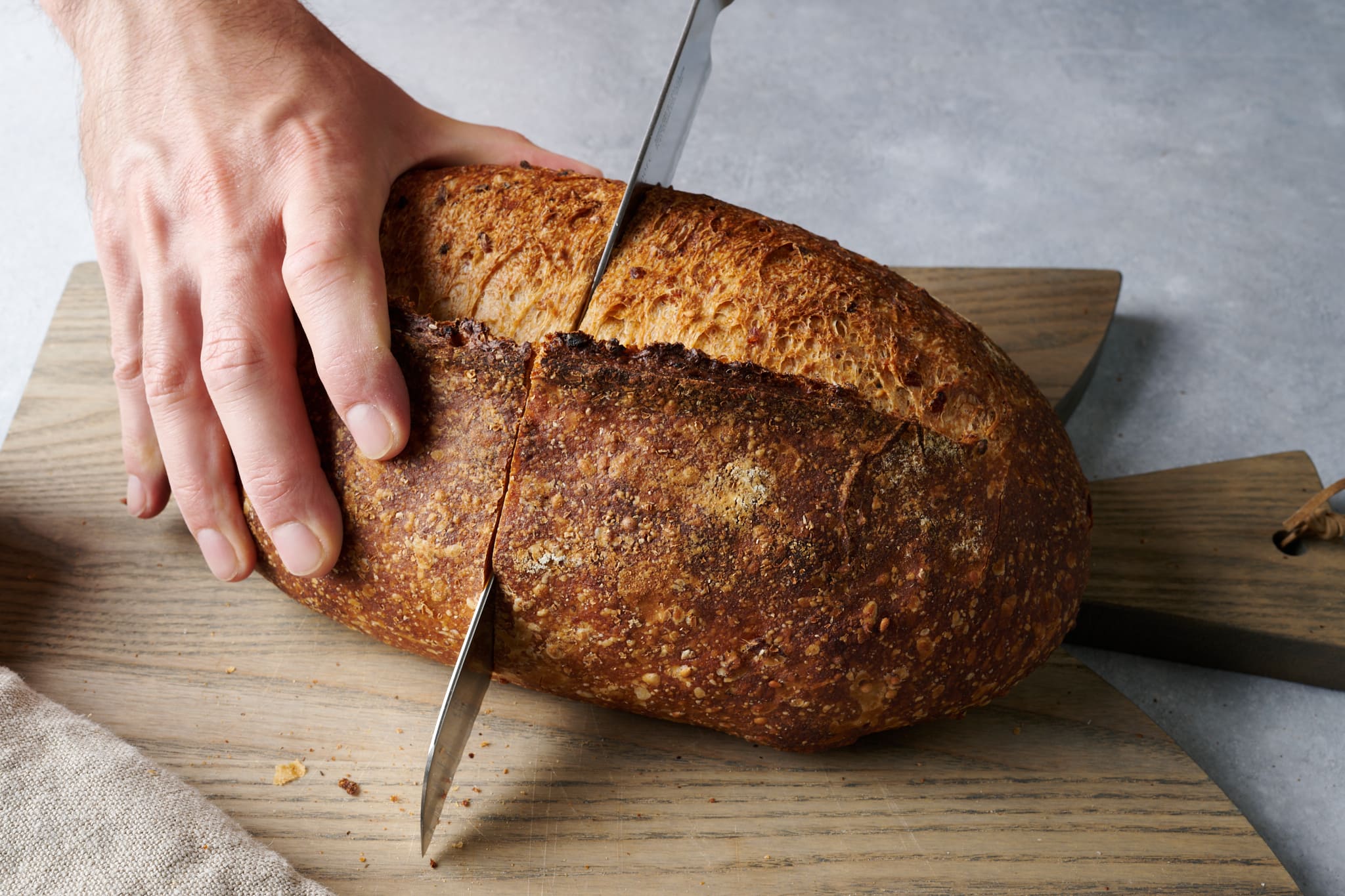How to Sharpen Rapala Fillet Knife for Perfect Barbecue
Written By James Morgan
For barbecue enthusiasts, having a sharp Rapala fillet knife is essential for preparing the perfect barbecue. Whether you're filleting a fresh catch or slicing through succulent meats, learning how to sharpen a Rapala fillet knife is a crucial skill. In this article, we will dive into the step-by-step process of sharpening your knife, ensuring you achieve the precise cuts needed for a flawless barbecue experience.

Why Keeping Your Fillet Knife Sharp Matters
A sharp fillet knife is vital for several reasons. Firstly, it allows for more accurate cuts, which is particularly important when dealing with delicate fish or fine-cut meats. A dull knife can lead to uneven slices and can even ruin the texture of your meat. Additionally, a sharper knife is safer. When a knife is sharp, you exert less force, making it easier to control each slice. Finally, maintaining the sharpness of your knife extends its lifespan, making it a worthwhile investment.

Understanding the Anatomy of the Rapala Fillet Knife
Before diving into the sharpening process, it is crucial to understand the anatomy of the knife. The Rapala fillet knife typically features a flexible, curved blade, perfect for navigating around bones and making precise fillets. The edge of the blade is honed to a fine point, ideal for intricate cuts. The first step in sharpening your knife is to understand the angle and design of the blade to maintain its functionality.
Step 1: Gather Necessary Tools
Before you begin, gather all the necessary tools. These usually include a sharpening stone, honing rod, and possibly a knife sharpener. Make sure you have a clean, well-lit area to work in to maximize precision.
Step 2: Preparing the Sharpening Stone
Start by soaking your sharpening stone in water for about 5 to 10 minutes, depending on the type of stone you have. This helps to create a slurry on the surface, which is vital for the sharpening process. Some stones may require oil instead, so always check the manufacturer's recommendations.
Step 3: Sharpening the Knife
Sharpening your Rapala fillet knife involves holding the knife at the correct angle to the stoneusually around 20 degrees. Draw the blade along the stone in a sweeping motion, maintaining consistent pressure. Repeat this process several times on both sides of the blade, frequently checking the sharpness.
For more detailed instructions on using specific knives, you can refer to our other articles such as Santoku knife and how to use a bread scoring knife.
Step 4: Honing the Knife
Honing is the process of realigning the blade's edge. Use a honing rod to gently swipe the blade at the same angle used during sharpening. This step ensures the knife's edge is perfectly aligned for optimal cutting performance.
For knife safety tips, check out Chop Food Like a Pro.

Maintaining Your Sharpened Fillet Knife
A newly sharpened knife should be maintained to prolong its sharpness. Regular honing and proper storage are key practices. Wash the knife by hand and dry thoroughly before storage. Use a knife sheath or a dedicated knife block to avoid bumping the edge against other utensils, which can dull the blade quickly.

Common Mistakes to Avoid When Sharpening
Several common mistakes can hinder the sharpening process. Avoid using the wrong angle, applying inconsistent pressure, or neglecting to maintain the sharpening stone's condition. These errors can prevent the knife from achieving its optimal sharpness.
FAQs on How to Sharpen a Rapala Fillet Knife
1. How often should I sharpen my Rapala fillet knife?
The frequency of sharpening depends on usage. For regular users, sharpening every few months is recommended, with frequent honing in between.
2. Can I use an electric sharpener for my Rapala fillet knife?
Yes, you can use an electric sharpener, but manual sharpening with a stone offers more control and precision.
3. Whats the best angle for sharpening a Rapala fillet knife?
The ideal angle is around 20 degrees. This angle maintains the balance between sharpness and durability.
As an Amazon Associate, I earn from qualifying purchases.



